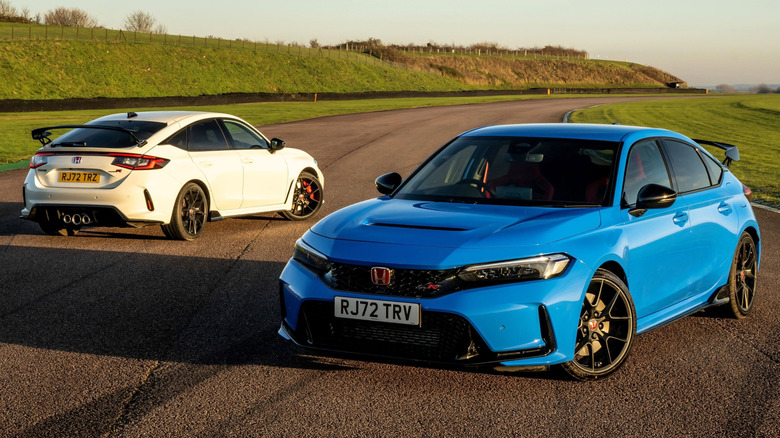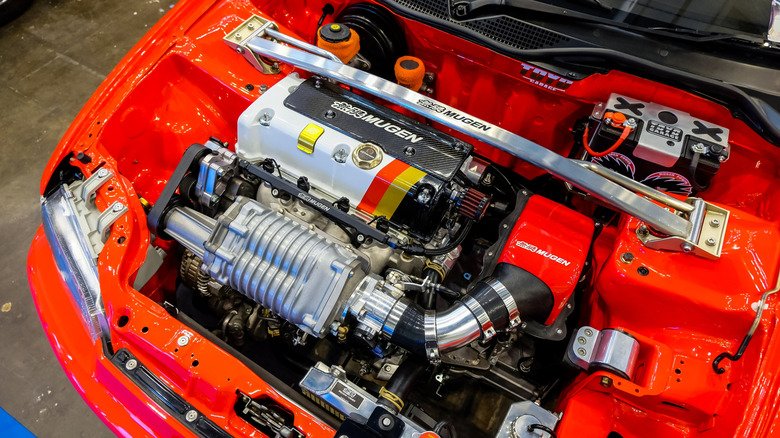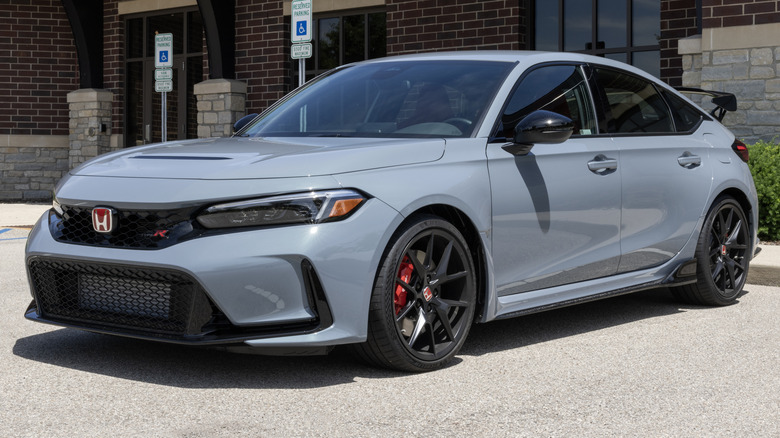Honda K-Series Engine: Everything You Need To Know
Honda has had a presence in nearly every major motorsport event, and has even dominated Formula One in the late 1980s, with its engines powering McLarens driven by the legendary Ayrton Senna and Alain Prost. Honda's founder Soichiro Honda, who first started with motorcycle racing, quickly set his sights on proving that Honda could compete with the very best the industry has to offer; no matter if it's on two or four wheels.
The influence of motorsport culture is woven into Honda's DNA, and with countless decades of engine development, selecting a definitive standout is indeed a challenge. However, no discussion about Honda's greatest hits would ever be complete without mentioning the Honda K-Series, a 4-cylinder family of engines that has become highly regarded among tuners and enthusiasts across the globe.
First introduced in 2001 and still running strong, the K-Series family is known for high-revving performance, a huge aftermarket scene, bulletproof reliability, and relative affordability. According to Jalopnik, it's "arguably the best four-cylinder engine ever conceived of by humankind." Let's break down why.
How the Honda K-Series is built for performance
The K-Series family consists of 4-cylinder engines, with three main variants: the K20 (2.0-liter), the K23 (2.3-liter), and the K24 (2.4-liter). Of these, the K20 and K24 are the most notable, while the K23 stands out as the rarest of the group; MotorTrend noting it was only used in the 2007–2012 Acura RDX. The K-Series family offers both naturally aspirated and turbocharged engines, such as the ones used in modern Type R models.
Honda positioned some K-Series engines, like the K20A2 and K24A2, for performance; while others, such as the K20A3 and K24A1, were designed with fuel efficiency in mind. Earlier K-Series engines were simpler and used port-injection, mechanical V-TEC, and cable throttle, while modern variants benefit from direct injection, turbocharging, electronic throttle control, and variable cam phasing.
The very heart of a K-Series engine is its aluminum block with iron cylinder liners, i-VTEC valve control, and VTC variable timing control. Honda pioneered VTEC technology, and in the K-Series, it works in tandem with a high-flow DOHC head and chain-driven cams to create a design that ensures both performance and reliability at the same time.
What makes the Honda K-Series special
One of the main reasons why the Honda K-Series is so highly praised is its pedigree for performance. Naturally aspirated versions are known for their high-revving character, thunderous sound, and linear power delivery. In stock form, these engines offer up to 221 horsepower, while the modern-day K20C1 in the current Civic Type R is good for 315 horsepower.
These are also very popular with the tuning scene due to great aftermarket support and a modular architecture. Fully-built examples are known to reach 1,300 horsepower, easily enough to propel the quickest K-Series-powered cars into the seven-second range in the quarter mile. Moreover, the Honda K24, one of the most popular engine swap choices, can be found in everything from Civics to Miatas.
Reliability-wise, K-Series engines come with strong iron cylinder liners, forged crankshafts, solid pistons, and a heavy-duty valve spring system. Because of that, many people believe that this Honda engine is one of the most reliable ever made. Costs and availability also deserve a mention, as these engines have been around for more than two decades and are, in most cases, relatively affordable to buy, run, and maintain. All of this combined makes the Honda K-Series family of engines an easy favorite among car enthusiasts looking for power without the premium price.


